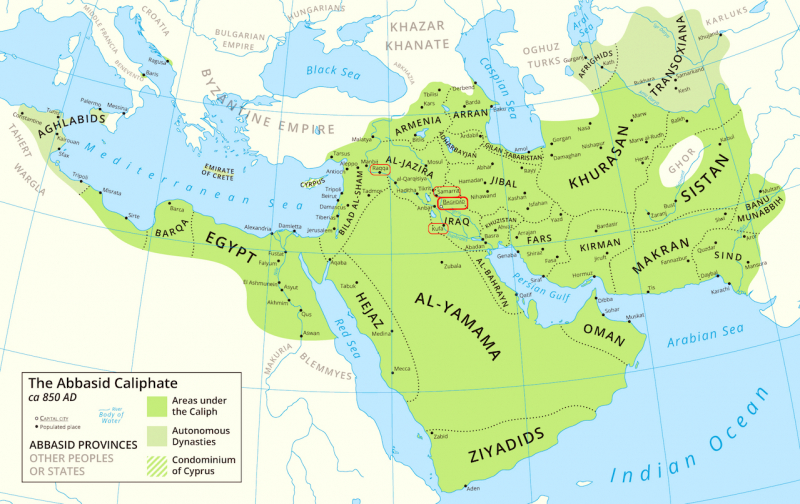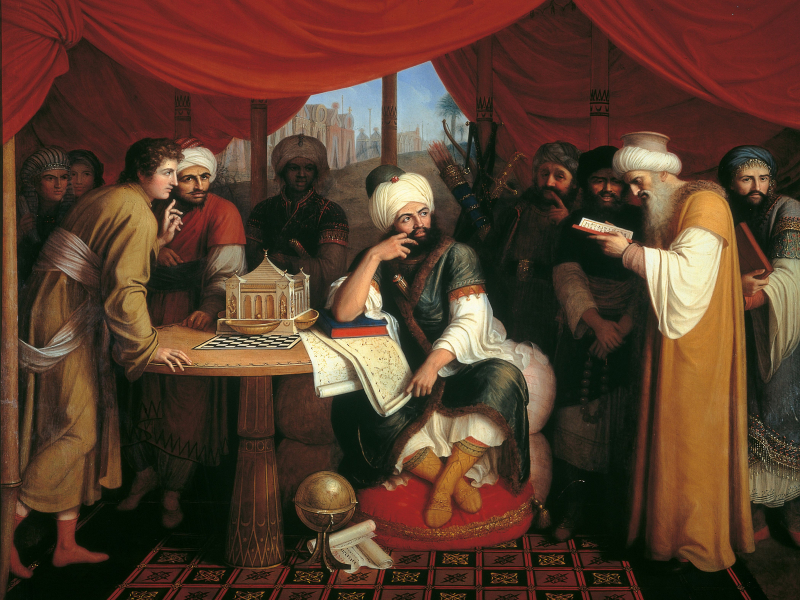Abbasid Caliphate

Al-Khilfah al-Abbsiyyah, often known as the Abbasid Caliphate, was the third caliphate to rule after the Islamic prophet Muhammad. It was established by a dynasty that traced its origins back to Abbas ibn Abdul-Muttalib (566–653 CE), the prophet's uncle, from whom the dynasty derives its name. In the Abbasid Revolution of 750 CE, they destroyed the Umayyad Caliphate and ruled the majority of the caliphate from their capital in Baghdad in modern-day Iraq (132 AH). The Abbasid Caliphate originally had Kufa, in modern-day Iraq, as its capital, but in 762, the caliph Al-Mansur built Baghdad next to what was once Babylon, the Abbasid Caliphate's capital. Baghdad gained fame as a center of learning, culture, and creativity during what came to be known as the Golden Age of Islam.This earned it a reputation as the "Center of Learning" throughout the world, in addition to housing several important academic institutions, such as the House of Wisdom and a multiethnic and multireligious atmosphere.
The sack of Baghdad by the Mongols led by Hulagu Khan in 1258 and the death of Al-Musta'sim marked the end of the Abbasid era of cultural resurgence and fruition. In 1261, the Abbasid dynasty and Muslim culture as a whole relocated to Cairo, the Mamluk capital. The dynasty continued to assert its claim to religious authority until a few years after the Ottoman conquest of Egypt in 1517, with Al-Mutawakkil III serving as the final Abbasid caliph despite its loss of political power (with the brief exception of Caliph Al-Musta'in of Cairo). That's all about the seventh largest empire of all time we want to mention.











